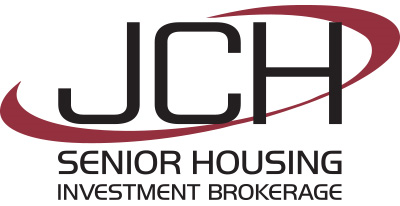The National Senior Housing Market: 2020 Midyear Review
The Senior Housing sector ushered in 2020 on track for another record-setting year… then COVID-19 happened. As this global pandemic wreaked havoc around the world, it became very apparent that those over the age of 65 were particularly vulnerable. Unfortunately, the Senior Housing sector as a whole and, more specifically Skilled Nursing facilities were the hardest hit by the virus. As the pandemic spread, the entire Senior Housing sector responded by locking down facilities to all non-essential people in an attempt to slow its progression. Transactions far enough along in the process continued to close while the vast majority of operators and investors hit the pause button, focusing on the well being of residents.
The Senior Housing industry, while a need-driven business, is at least for the near future facing some uncertainty. Divided into three major market segments: unlicensed facilities such as Independent Living (IL), Active Adult, and licensed facilities which would be Skilled Nursing Facilities (SNF) and Assisted Living Facilities (AL) are each facing unique challenges.
Independent Living/Active Adult communities are seeing a decline in occupancy as aging seniors hit the pause button on moving until the health crisis diminishes. As stated in previous outlooks, Independent Living communities serve a younger/healthier population and are less need driven and therefore are more a discretionary move.
Skilled Nursing facilities by their nature are caring for the most significant percentage of “High-Risk” seniors with underlying medical conditions, and have been particularly hard hit by COVID-19. It’s important to point out that CMS Administrator Seema Verma recently said in part “The vast majority of nursing homes across this country didn’t have significant numbers of cases — or didn’t even have any cases, or any deaths in their nursing homes…”. As the sector emerges from the COVID-19 crisis amid sweeping regulatory changes, significant increases in expenses related not only for additional PPE but increases in wages could force the exit of “mom & pop” operators unable to weather the financial storm. If a large number of facilities hit the market as distressed assets the valuations may well decrease affecting the sector as a whole.
The Assisted Living sector has also been affected by COVID-19 as facilities across the nation put strict visitation and move-in protocols in place to protect the seniors they care for. While temporary in nature, the unfortunate outcome has been a decrease in the census and an increase in expenses. Unlike Skilled Nursing Facilities, Assisted Living communities have not received any federal COVID-19 relief funding to help offset the increased costs of PPE and wage increases.
As operators begin the process of relaxing these protocols the focus is shifting to easing concerns that once seniors move into a facility they won’t be isolated from other residents and that their friends and families will be allowed to visit.
We anticipate potential buyers continuing to look for multi-level assets or for ways of potentially adding an additional component to an assisted living facility acquisition in the second half of 2020. As the economy begins to reopen and more data becomes available, I believe history will show Senior Housing stepped up to the plate, quickly responded to recommended changes given by CMS, and emerged in a better position to combat any future outbreaks.
